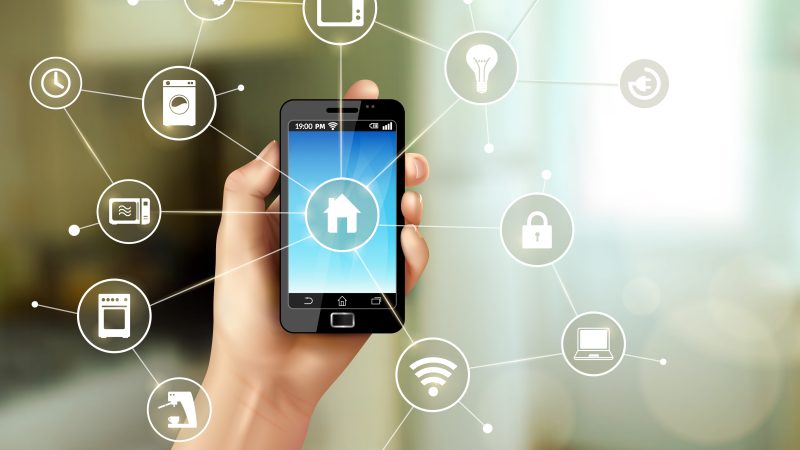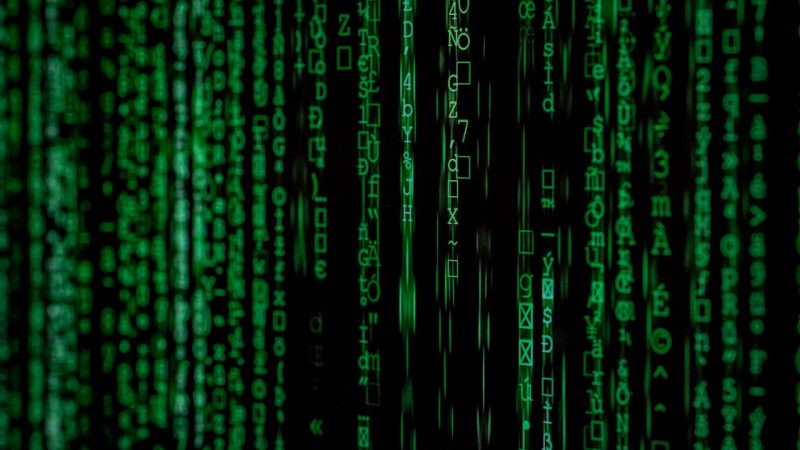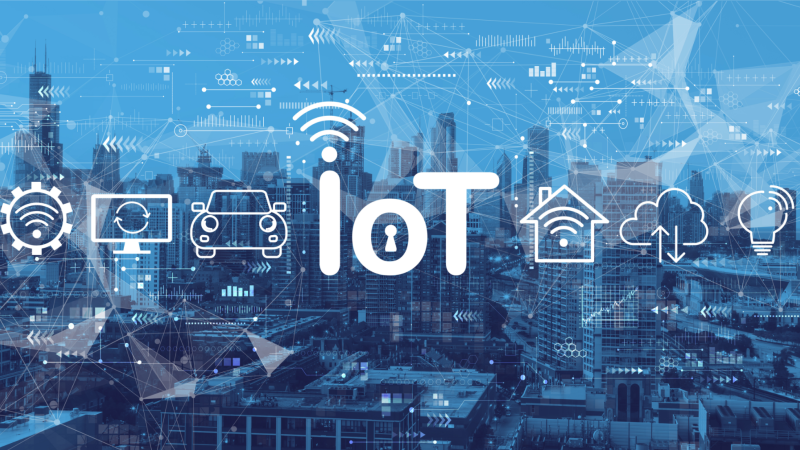What Is the Difference between IoT and Embedded Systems?
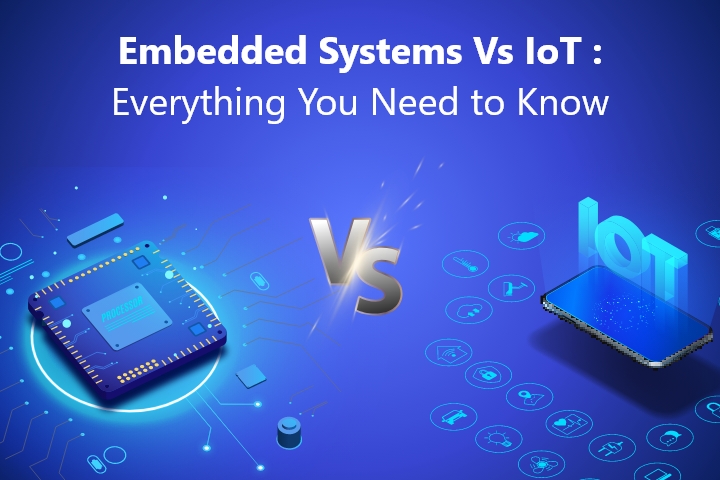
The world of technology is constantly evolving. By the time we get familiarized with one technology, another starts taking over the world. The IoT or the Internet of Things by now have been a widely used term in the world of technology. Embedded Systems is relatively a new term; however, the fact remains that we have been surrounded by them for so long.
More often it is confused with IoT. Several aspects distinguish embedded systems from IoT. Let us understand the basic difference between these two technologies.
Embedded systems Vs IoT:
To put it simply, if the Internet of Things (IoT) is a river, then embedded systems is an ocean. IoT is one type of embedded system. There are several types of embedded systems such as stand-along embedded systems, real-time embedded systems, network embedded systems, and mobile embedded systems.
IoT falls into the category of network embedded systems. As it provides flexibility and connection, it is the fastest-growing category of embedded systems.
What are embedded systems?
Unlike IoT, embedded systems have a very function-specific role. It is a microprocessor-based computer hardware system that has software designed to perform a dedicated task. These programmable systems have a fixed functionality.
It can be an independent system, or it can also be a part of a large system. However, its focus remains on a single function. It is capable of carrying out computation for real-time operations through an integrated circuit.
You would be surprised to know that 98 per cent of microprocessors are used in embedded systems. This might give you an idea of the scale at which embedded systems are being used. You are using it in day-to-day life in the form of a digital watch, microwave oven, refrigerator, hybrid vehicles, vending machines, household appliances, aeroplanes, mobile devices or even toys like a talking doll with pre-installed commands.
What is IoT technology?
The Internet of Things (IoT) refers to things or physical objects that are embedded with sensors, software or other sophisticated technology. It is capable of connecting and exchanging data with other devices and systems using the internet connection. Smart home security systems, autonomous farming equipment, wearable health monitors, wireless trackers are some examples of how wonderfully IoT can function. It is estimated that by 2025, the world will have 22 billion IoT devices.
Importance of IoT in daily life:
IoT has emerged as one of the most important technologies of the 21st century. It facilitates seamless communication between devices, people, and human-computer interaction. It reduces human intervention to a great extent by creating a hyperconnected digital ecosystem.
Through IoT, our home appliances, mobile devices, computers, wearable health monitors, everything can be connected for a smooth user experience. IoT is capable of recording, monitoring and adjusting the interaction between connected things. It will not be an exaggeration to say that IoT has blurred the boundaries between the physical and the digital world.
How does an embedded system work?
An embedded system is a computer on its own which is designed to perform a specific function. It works as a part of a complete device. They are made of a processor and have ports for memory and communication. They run on a power supply. Using a communication protocol, they transmit data between the processor and peripheral devices.
The software stored in the embedded system’s memory helps the processor interpret the data. These processors can be a microprocessor or a microcontroller. Embedded systems employ a real-time operating system (RTOS) to communicate with the hardware.
A standard embedded system will have-
- Microprocessor or microcontroller
- Graphic Processing Units (GPUs)
- Memory (Volatile and non-volatile)
- Interfaces and ports for input/output communication
- System and application code
- Power supply
Salient features that distinguish embedded systems:
- They are task-specific.
- They come with hardware, software and firmware.
- They perform a specific function in a larger scheme of things.
- They are incapable of performing multiple tasks.
- Their compute power lies in either microprocessor or microcontroller.
- In IoT devices, embedded systems perform functions like sensing and real-time computing.
- A larger system functions well with several embedded systems working efficiently simultaneously.
Types of embedded systems:
Embedded systems can be primarily divided into four categories based on their functional requirements.
- Mobile embedded systems:
These minuscule embedded systems are designed to be portable. Cell phones, laptops are some of the examples of mobile embedded systems. Remarkably, all mobile embedded systems are standalone systems.
- Network embedded systems:
These embedded systems heavily rely upon network connectivity for output generation. They can work with a wired or wireless network. Home and office security systems, ATMs, Point of Sales (POS) machines are some popular examples of network embedded systems.
- Standalone embedded systems:
A standalone system can perform a dedicated task without relying upon a host. Digital cameras, digital wristwatches, MP3 players, kitchen appliances such as refrigerators, washing machines, microwave ovens are standalone embedded systems.
- Real-time embedded systems:
They provide output in set timeframes and deadlines. They are widely used in time-critical tasks and sectors like medical, industries and military. A traffic control system is the most relatable example of a real-time embedded system. Missile defence systems, humidity and temperature monitoring systems are some other examples.
 Author Bio: Mayur Panchal is the CTO at Excellent Webworld (Web & Mobile App Development Company). He is updated with all the latest trends in the mobile app technology and has innovative enterprise mobile solutions. He writes blogs that are helpful for businesses to implement technology in the operations. You will find him swimming whenever he is free.
Author Bio: Mayur Panchal is the CTO at Excellent Webworld (Web & Mobile App Development Company). He is updated with all the latest trends in the mobile app technology and has innovative enterprise mobile solutions. He writes blogs that are helpful for businesses to implement technology in the operations. You will find him swimming whenever he is free.

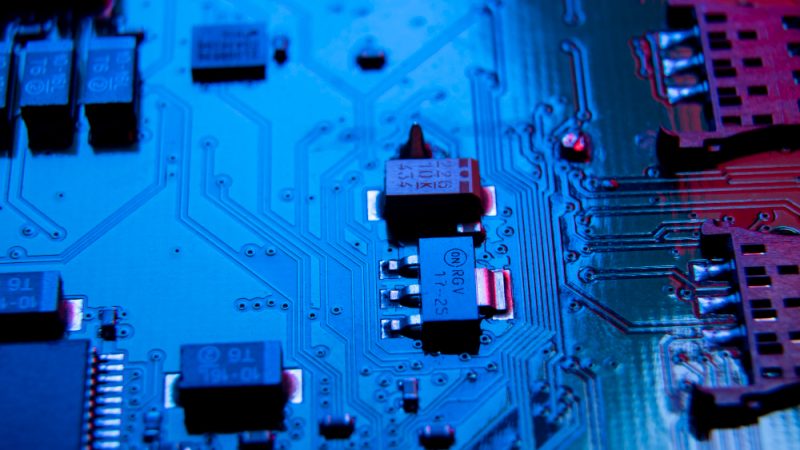
![Putlocker Proxy | Putlocker online Alternatives Sites [100% Working] Updated List](https://technonguide.com/wp-content/uploads/2020/07/putlocker-800x450.jpg)
